May, 2025
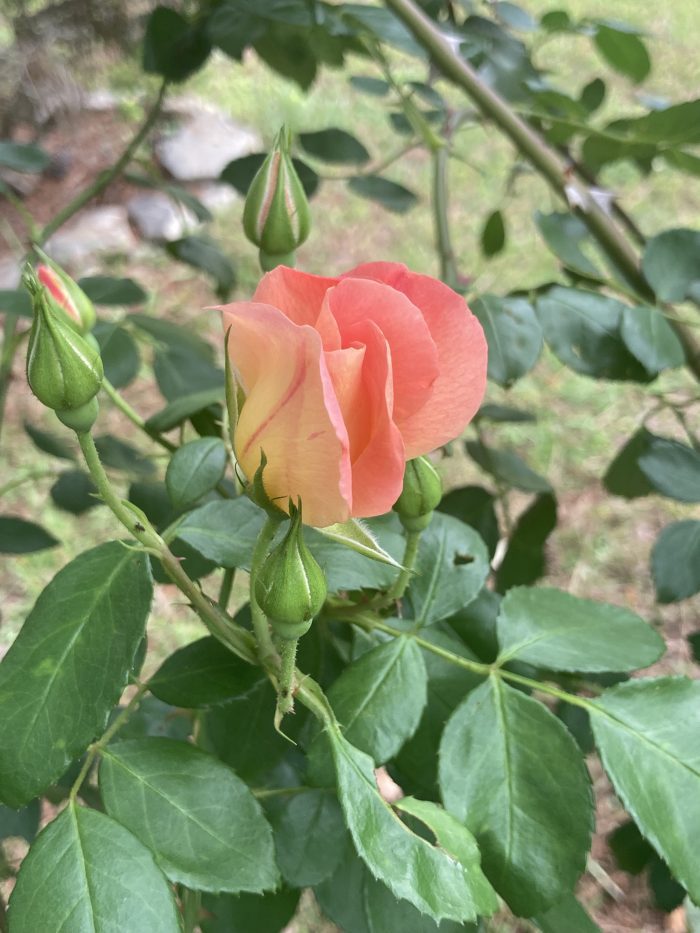
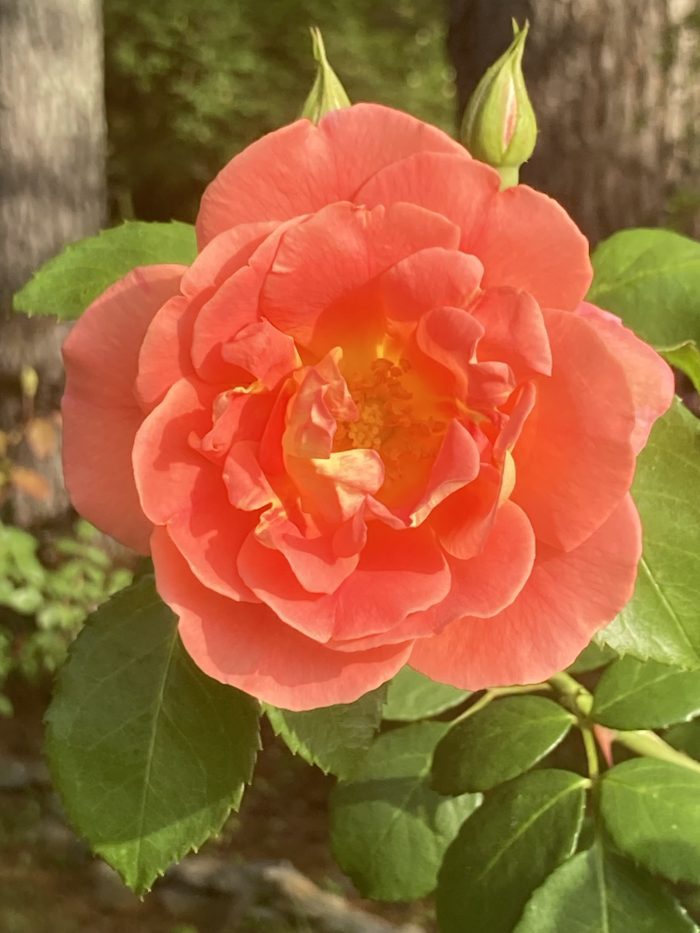
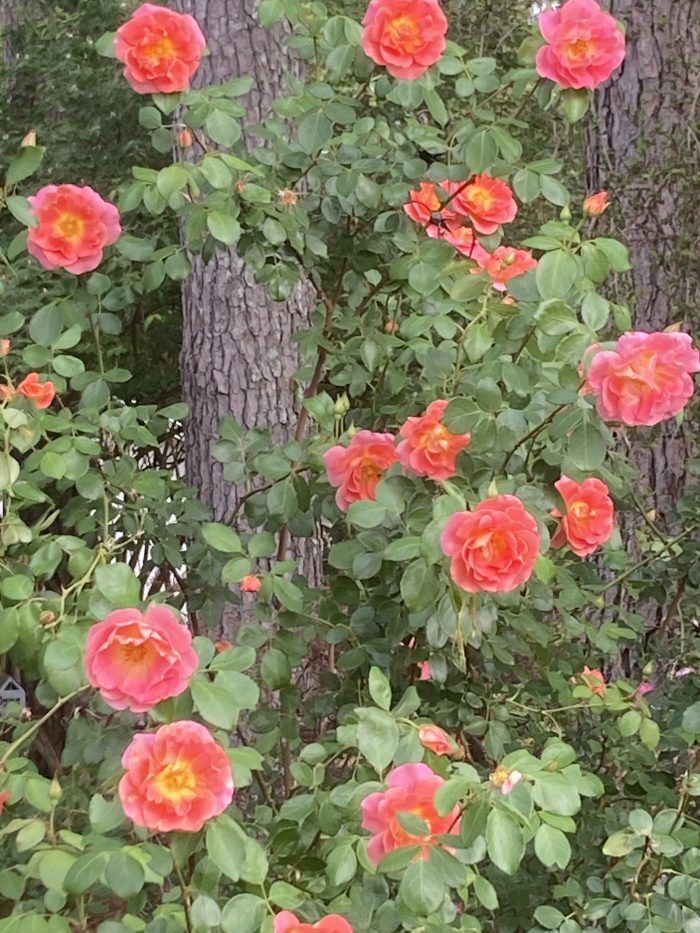
Lafter is Contagious – Sue Whitfield
“Lafter” Circa 1948, Grows 4-6 feet tall, Repeat bloomer, Shrub rose, Hybrid tea, Full Sun/par shade, Slightly fragrant.
The third photo indicates that it will take some shade because you can see pines in the background. I like the others because they both show the yellow center so well that comes out at first then tends to apricot on out. We need to add carefree because I have done zero for this rose! I mean nothin! I actually think she likes the shade she gets. There’s a Yoshima cherry behind it and two big pines to the side.
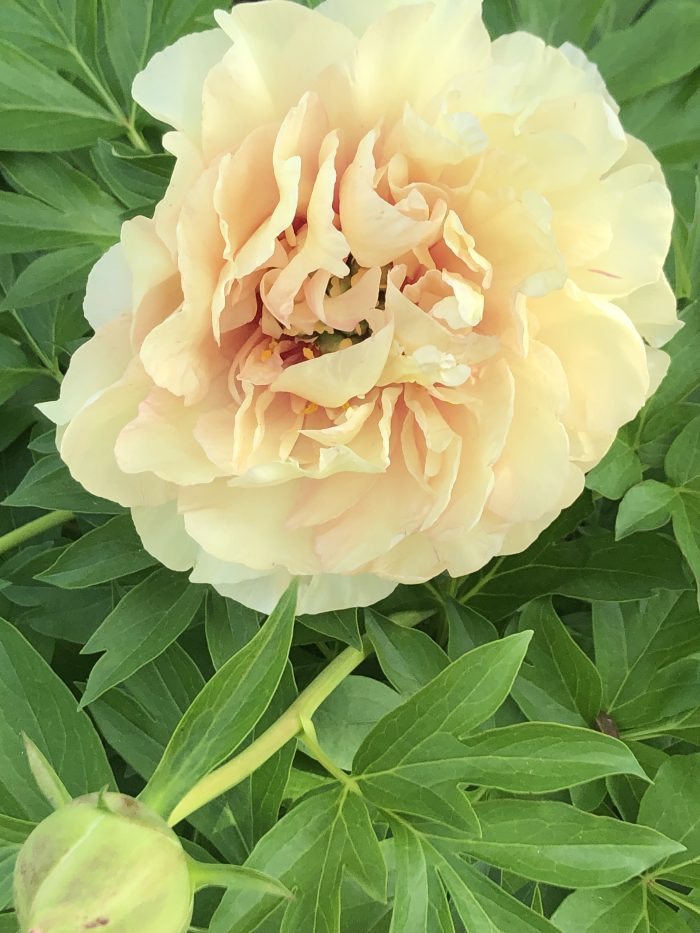
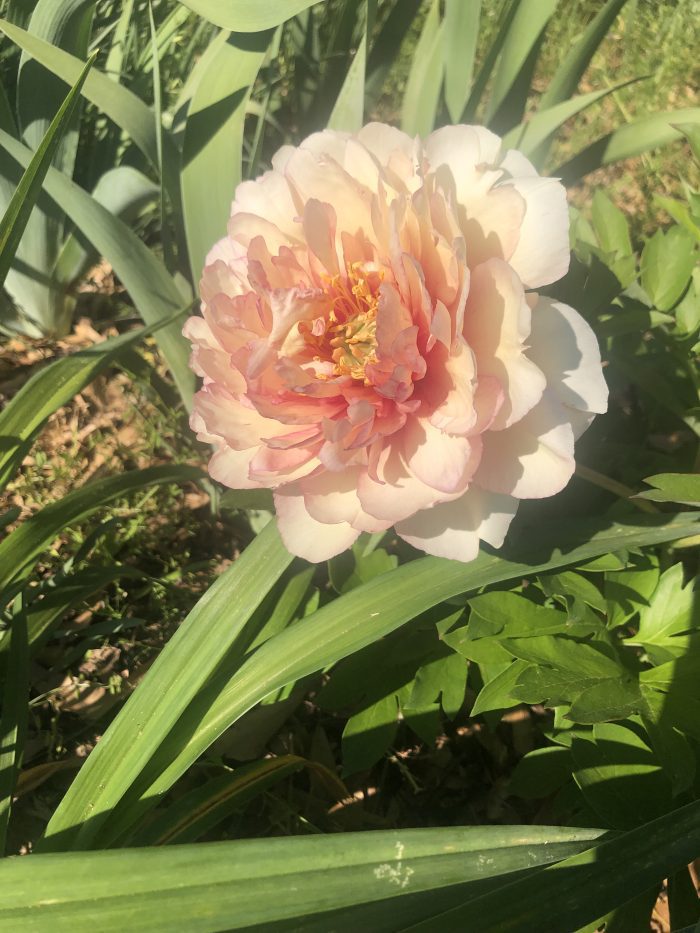
Itoh Peony
It was a very exciting time this year in my garden. The Itoh peonies that I planted 2 years ago had some brilliant blooms. I really wasn’t sure how much sun they could take so I planted the Canary Brilliants in an area that got morning shade and afternoon sun. I planted the Scrumdiddlyumptious in an area that got morning sun and afternoon shade. They both did so well this year. The Canary Brilliants had five flowers and the plant look very good. The Scrumdiddlyumptious and two blooms and it also look very good.
Itoh peonies are a cross between the garden peony and the tree peony.They are hardy in zones 3a to 8a. Itoh peonies are very cold hardy surviving temperatures below -25 degrees Fahrenheit. They do not do well where winter temperatures stay above freezing, since they require a cool period to reset themselves for blooming the following spring. Peonies should get three feedings a year. Once in the spring when the shoots are emerging, again when the flower buds are emerging and the last on in the fall.
If you love the garden peonies you should give these beauties a try!
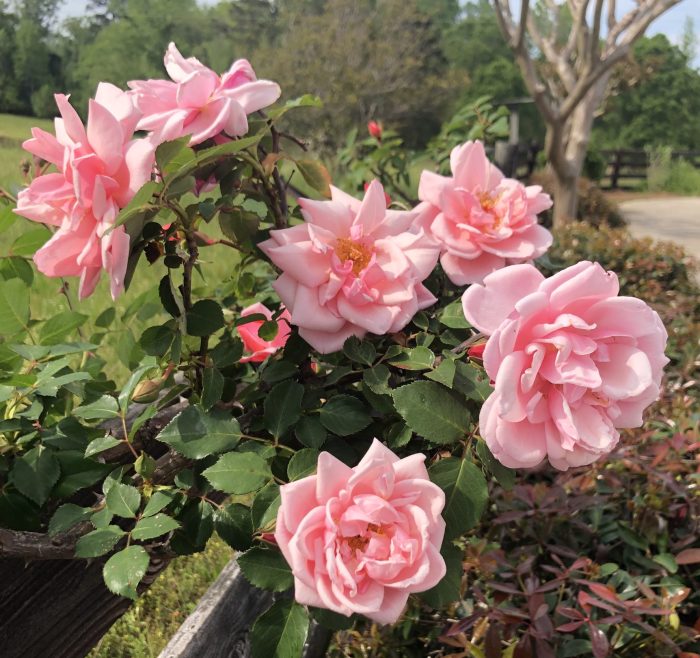
Roses
Many of the roses are in full bloom now. They are absolutely lovely and some are very fragrant. They do need a little care once they are finished blooming. For your roses that only bloom once in the spring, prune them back hard once they are finished blooming. Then give them some rose food to help them get started again.
When the repeat flowering roses finish blooming you may prune them for shape if they need it. Then fertilize them to help them make more flowers. They should be fertilized again in August for the fall flush of blooms.
You may plant roses anytime of year as long as they can be watered during the hot dry summer months. Once your roses are established they are very drought tolerant.
Vegetable gardening
We still have some tomato plants available. There are squash, cucumber, melons and variety of pepper plants available in our vegetable area. Handy, if you only need a few plants and don’t want to fool with seeds. Tomatoes often suffer from blossom end rot. I usually put a hand full of pulverized lime in the hole when planting and that seems to take care of that problem.
Check your squash plants for squash bugs and vine borders. Row covers work well but remember to remove them when the squash flowers so the bees can pollinate them.
If you notice that there is blossom end rot on your squash this can be fixed by treating plants with a calcium spray. Keep the soil consistently moist.
Okra, southern peas and sweet potatoes may be planted now
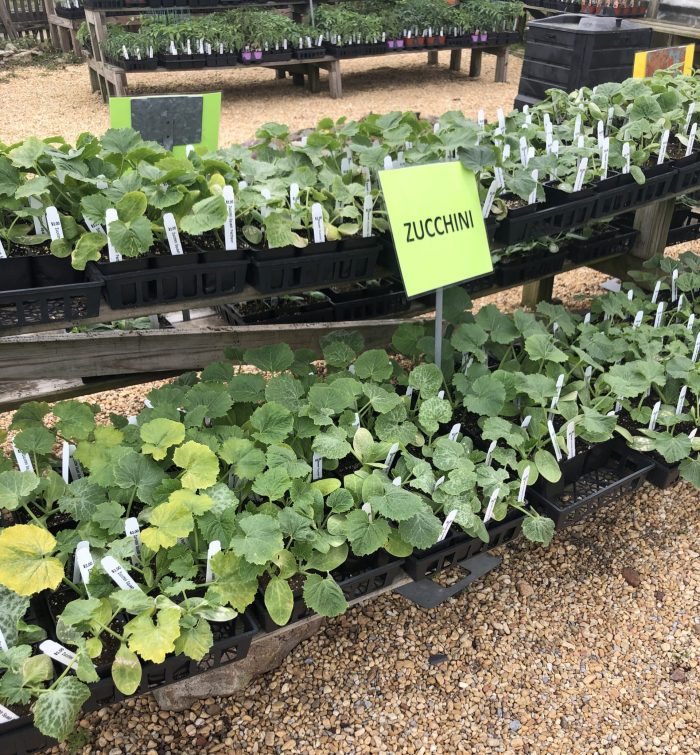

Spraying
Peaches, plums, cherries should be sprayed for shuck split with a fruit tree spray, a combination of captan and malathion. This controls sucking insects, aphids and scale. This spray also controls scab and plum curculio which causes wormy fruits and brown rot. Chlorothalonil can be added for superior scab control.
Keep spraying your daylilies for aphids. Use Neem or Malathion. In lieu of spraying you can use a fertilizer with a systemic insecticide or one of the Bayer products that is systemic. It can be mixed up in a watering can and poured on the daylilies. It lasts up to 60 days. Spraying your daylilies with Neem will also help with the rust problem they often have.
Container and Border Plans
The pansies are starting to fade now because of the hot weather. Time to rip them out and replace with summer color. The selection is very good now. We have many plants with great color that can liven up your garden in the hot months to come. Vinca, Pentas, and all the Salvias are great plants to choose for the hot days ahead.
The selection of container plants is amazing. We have so many plants available for sun or shade in any color of the rainbow.
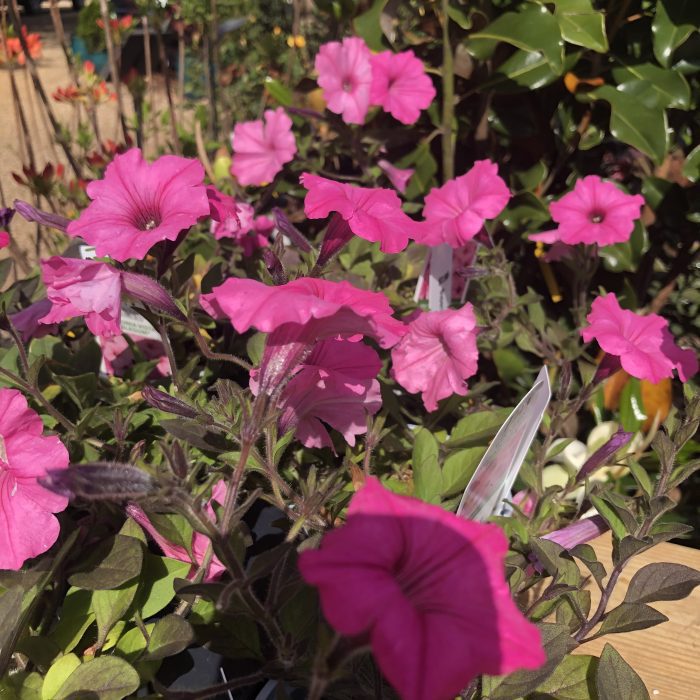
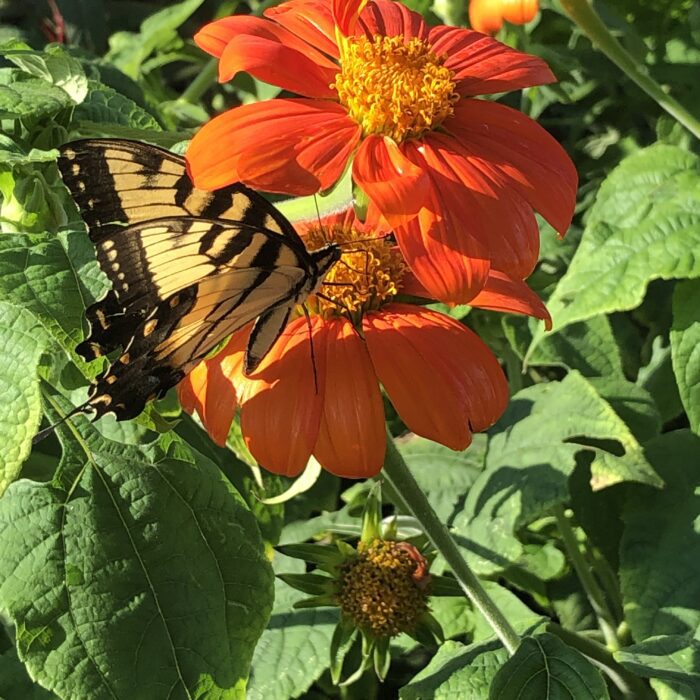
Summer Annuals
Plant some zinnias now for colorful flowers for cutting and for the bees and butterflies. We have seed available for California Giants in mixed colors and all the colors of dahlia flowered zinnias and cactus flowered zinnias. Plant them in full sun. They can be seeded directly into the soil about 1/4″ deep. Water well. Over watering and continuous wet conditions can lead to powdery mildew, leaf spots and rot so water at the base of the plants. In the south you can plant a second crop if you wish in late July or early August for a fall bloom.
Sunflowers, coreopsis, milkweed, gallardia daisies, cosmos and other summer flowers you might like to try.
